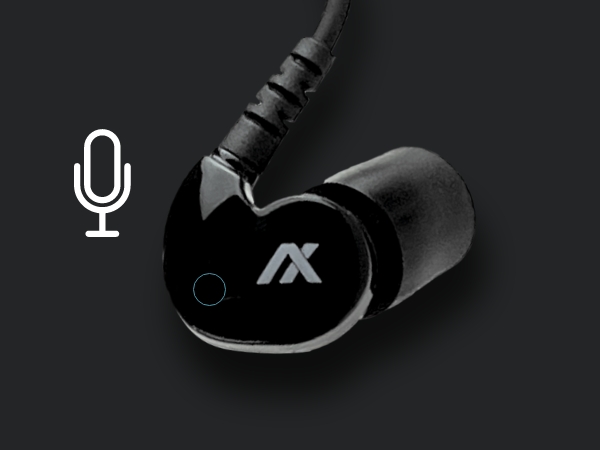In a world that thrives on technological innovation, few gadgets have undergone as remarkable a transformation as CVF. These tiny audio devices have evolved from their humble wired beginnings to become a symbol of wireless freedom and immersive sound experiences. The journey of earbuds has been nothing short of astonishing, reflecting not only advancements in audio technology but also shifts in consumer preferences.
The first-generation earbuds, attached by cumbersome wires, marked a significant leap from traditional headphones. Offering portability and a personal audio experience, these earbuds laid the foundation for the auditory revolution to come. However, it wasn’t until the advent of Bluetooth technology that a true paradigm shift occurred. The elimination of wires meant unparalleled convenience and mobility, liberating users from the tangle of cords.
Today, wireless earbuds have become an indispensable part of modern life, with major players in the tech industry vying to outdo each other in features, design, and sound quality. These earbuds are now designed to seamlessly integrate with smartphones and other devices, offering touch controls, noise cancellation, and even voice assistant integration. The convenience of wire-free listening, combined with these advanced features, has led to their widespread adoption.
Sound quality, once a concern for wireless earbuds, has also seen tremendous improvements. From basic audio output, the latest earbuds now boast enhanced bass, crisp trebles, and noise isolation technologies that elevate the listening experience. Audiophiles and casual listeners alike can revel in the richness of their favorite music, podcasts, or audiobooks.
As earbuds continue to evolve, the future holds even more exciting possibilities. Advancements in battery technology promise longer playtimes, and the integration of biometric sensors could make earbuds essential companions for health and fitness enthusiasts. Additionally, ongoing research into audio personalization might lead to tailored sound profiles that adapt to individual hearing preferences.
